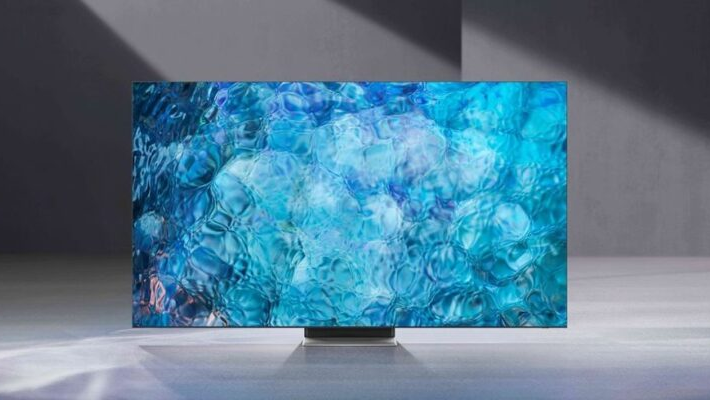Cheaper QD-OLED TVs could be on the way
Samsung may showcase new, more efficient phosphorescent panels "within a year"

Samsung's first QD-OLED TV may have only just come on the market, but the company is already developing new blue pixel technology to improve the efficiency and lower the price of future QD-OLED displays, according to professor Kwon Jang-hyuk of Kyung Hee University, as first reported by The Elec.
Speaking at the SID 2022 Review Symposium in Seoul last week, Professor Kwon discussed some of the panel technology Samsung Display is currently researching, including the use of phosphorescent blue OLED material in QD-OLED displays that would help increase brightness and reduce production costs to bring it in line with its more affordable rival, OLED.
Currently, QD-OLEDs produce light using green phosphorescent and blue fluorescent material, the latter of which has a 25% brightness efficiency. The light produced is then passed through tiny semiconductor particles called quantum dots to convert it into other colours. This differs from traditional OLED technology, which combines blue and yellow light from phosphorescent sources to create almost white light with a 100% efficiency for brightness that is then passed through a colour filter made up of red, blue and green subpixels.
Phosphorescent materials are four times more efficient at converting energy to light than their fluorescent counterparts, but not only are phosphorescents more expensive, the blue colour used in QD-OLED only exists as a fluorescent.
To compensate for limited brightness, Samsung's present QD-OLED Displays use three layers of blue material to one layer of green. But according to Professor Kwon, the company is investigating ways to make its blue pixels as efficient as the green ones in the hope that the number of blue layers can be reduced to just one, simplifying the design and saving on production materials.
Samsung Display published a research paper in February on stable blue phosphorescent organic light-emitting diodes, and Professor Kwon claimed that Samsung Display is: “prioritising applying phosphorescent blue OLED material to its advanced TV panel” and that it will be in a position to demonstrate a prototype using a new pixel structure “within the year”.
MORE
QD-OLED: Everything you need to know about Samsung's new TV tech
Get the What Hi-Fi? Newsletter
The latest hi-fi, home cinema and tech news, reviews, buying advice and deals, direct to your inbox.
Samsung's 2022 TV line-up explained
Read our review of the Sony XR-55A95K: The world's first QD-OLED TV
Mary is a staff writer at What Hi-Fi? and has over a decade of experience working as a sound engineer mixing live events, music and theatre. Her mixing credits include productions at The National Theatre and in the West End, as well as original musicals composed by Mark Knopfler, Tori Amos, Guy Chambers, Howard Goodall and Dan Gillespie Sells.
